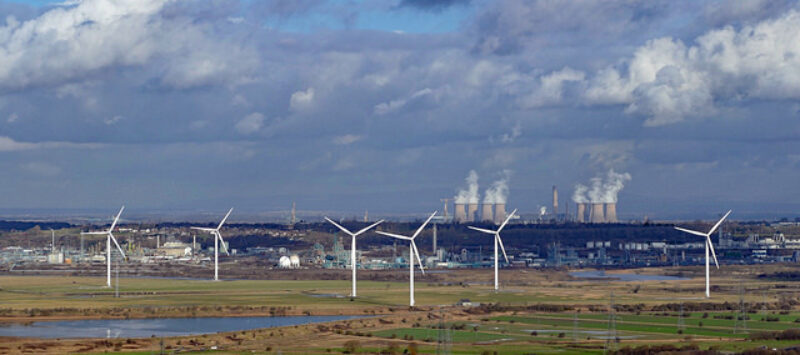Climate action so far in 2018: some countries step up, others back, risking stranded coal assets
Share

Renewable energy from wind and solar is still developing so fast that the CAT had to revise its projections for emissions in 2030 downwards for the USA (despite the Administration’s efforts in the opposite direction) and for Chile (where record low costs for RE paved the way to the adoption of a plan to phase out coal). Argentina presented new energy scenarios that, if implemented, would result in significantly lower emissions.
There are also some standout new policies that have been announced, but not yet implemented (nor quantified by CAT). An example is New Zealand’s new government, which has announced it will be at net zero carbon by 2050 and will introduce a Zero Carbon Act.
An increasing number of countries are turning away from coal, with a new “Powering Past Coal Alliance” of more than 20 countries aiming at phasing out its use. One of its members, the UK, has decreased the share of coal in electricity generation from around 40% to 7% in 3 years. Germany, Europe’s leading coal user, has just initiated a process to work out a phase out deadline.
Outside the realm of national policies, international shipping acknowledged for the first time the need to phase out GHG emissions completely and has set the target to reduce its emissions by at least 50% by 2050 compared to 2008 (see page 7 of briefing)
In contrast, there is still a disappointing theme of some governments not yet willing – or unable – to give up coal:
Governments that continue with thermal coal expansion: Japan, Indonesia, Philippines and Turkey, for example, are still proceeding with coal plant construction plans that will continue to drive up emissions and risk significant stranded assets. Although China is stopping coal plant construction in some provinces due to overcapacities, coal continues to account for about two-thirds of electricity generation, and additional plants have been permitted. Total coal use in China rose again last year after a decline since 2013. Within the EU, Poland, this year’s host of the climate conference, continues to rely heavily on coal and is alone in the EU planning expansion.
- Governments that have decided to phase-out coal, but need further steps for implementation: South Korea has announced its intention to shut down several old coal plants earlier than scheduled and to reconsider the new plants seeking permits or under construction, but has not yet been able to fully implement these aspirations. Other countries, for example Chile and Germany have taken a first step and decided to start a process to determine phase-out schedules. In both countries almost half of the electricity today is generated by coal.
- Governments still focused on a coal-fired future, while the reality on the ground is renewables:continued coal use appears to be still firmly in the sights of the USA and Australian governments, despite clear signs from on the ground that renewable energy is taking over due to cost-competitiveness—and is highly likely to continue doing so.
Under the Paris Agreement, governments have agreed to improve their commitments over time, with preparations for the first round ongoing in 2018. There is a need for most governments to scale up their targets by 2020 to bring them in line with the Paris Agreement 1.5°C limit.
Some, for example Mexico and individual EU Member States (Germany, UK, France, Czech Republic) have already developed long term strategies and some are working on strengthening them.
Others, like New Zealand, are working on developing strategies to implement their long-term targets. The EU is working on updating their existing long-term strategy as a basis to revise the 2030 target to speed up action.
At the other end of the spectrum countries like Australia have failed to put forward long-term targets and any process to ratchet up their—inadequate—2030 target.











